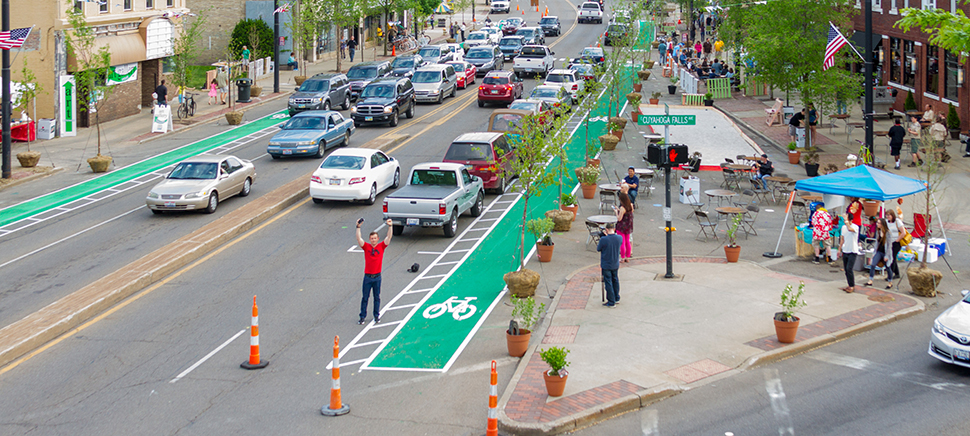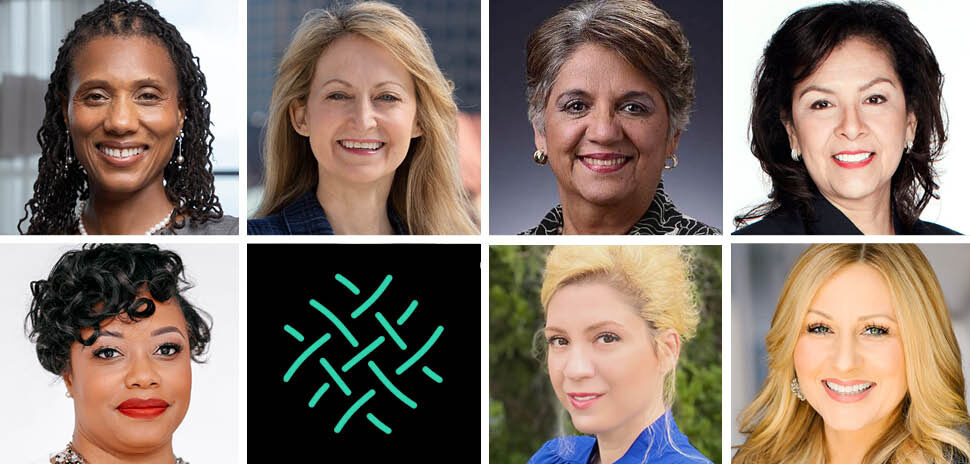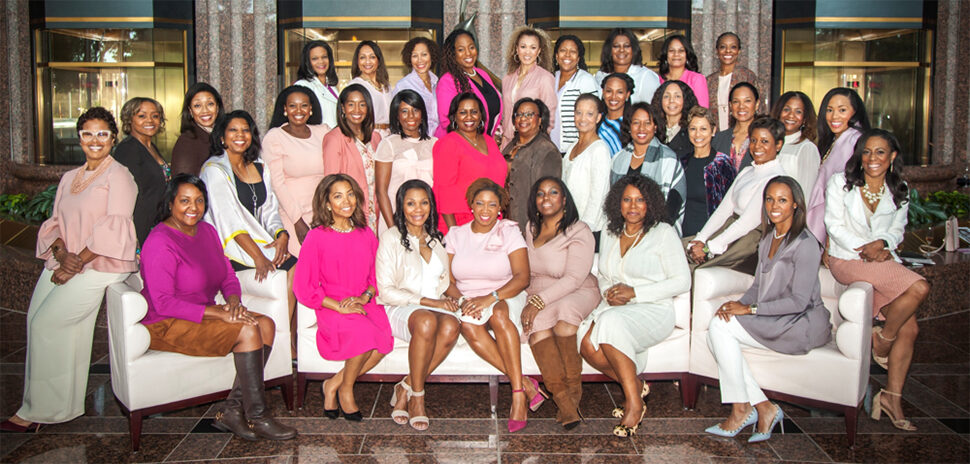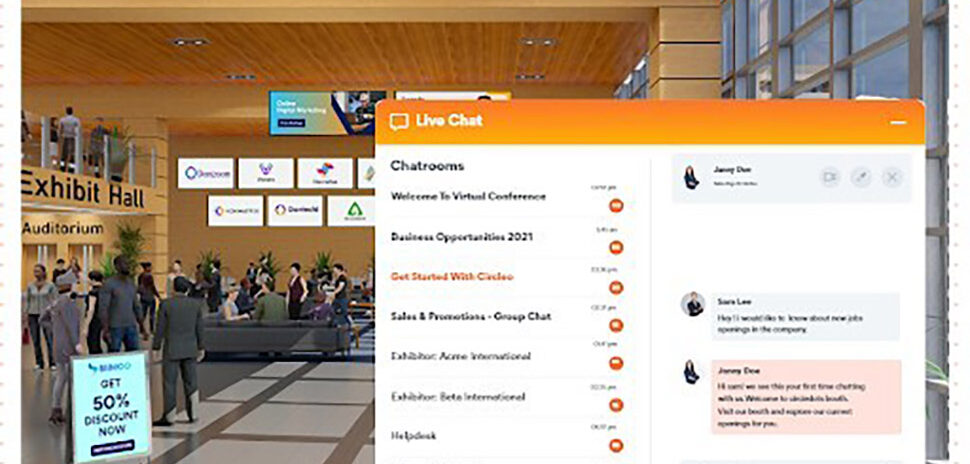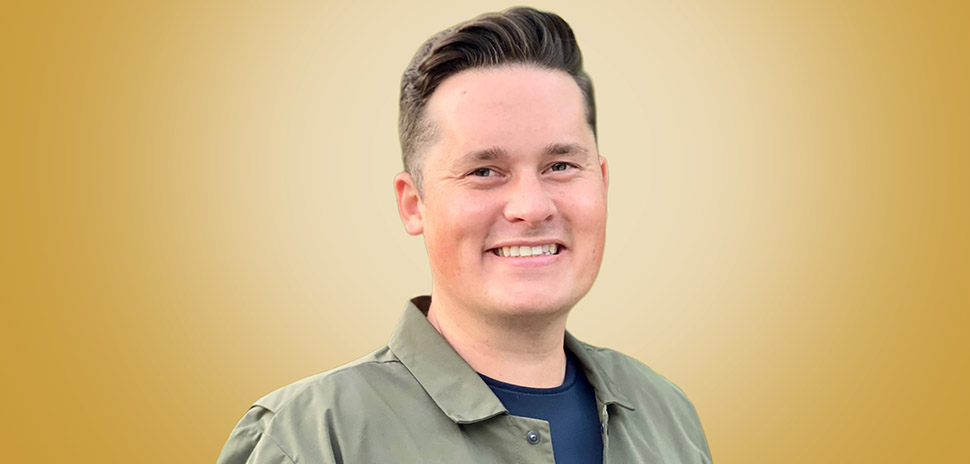The Better Block concept just keeps getting better and better.
The Better Block Project, an artistic experiment intended to improve one neighborhood in the Oak Cliff section of Dallas, begat Team Better Block, a consulting business replicating that experience in cities around the world. That work will soon be expanded by the Better Block Foundation, which is being created thanks to a $775,000 grant from the John S. and James L. Knight Foundation.
The Knight Foundation should be familiar to anyone who listens to National Public Radio on a regular basis. Jason Roberts, the musician and community activist who was one of the principal architects of the Better Block concept, was giddy about the prospects during an interview in advance of this week’s official announcement of the grant.
“The Better Block has been this project that convenes people and helps them work on problems in their neighborhood and reconnect again,” Jason Roberts says.
“I’ve actually been a huge fan of the Knight Foundation for a long time,” Roberts says. “From my music world, it’s like a record label I always dreamed of being attached to.”
Roberts is attached to several organizations that have helped improve the quality of life in Dallas and Oak Cliff in particular, including Art Conspiracy, Bike Friendly Oak Cliff, Go Oak Cliff, and the Oak Cliff Transit Authority. In 2010, he and a group of his friends and neighbors conducted the original Better Block Project. Their aim was to see if one barren block of Seventh Street could become a community gathering space if a few rules were temporarily flaunted.
For example, they put cafe seating on the sidewalks outside a pop-up coffee shop, even though such an arrangement violated city code. They also unilaterally commandeered parts of the street for bicycle lanes. And to drive their point home, they posted copies of the laws they were breaking.
“The Better Block was just all these people contributing,” Kayli House Cusick says. “I’ve never seen anything come together so quickly and effortlessly as that.”
“We put in a fruit stand, and we knew that fruit stands were illegal,” Roberts says. “But we posted up the ordinance that said, ‘Merchandise on the sidewalk is illegal,’ and then we would posted pictures of fruit stands in three or four different cities around the world, like New York and Mexico City and maybe Tokyo. And we’d be like, ‘In Dallas, this fruit stand is illegal.’ It was truly an art project.”
Kayli House Cusick, who had recently moved to Oak Cliff with her husband and daughter, heard about the Better Block Project from her real estate agent. Knowing that Cusick had run an art school before her move, the agent suggested that a children’s art studio would be a great fit for the Better Block. Cusick ended up being paired with Shannon Driscoll, whom she’d never met before the initial planning meeting.
“The Better Block was just all these people contributing,” Cusick says. “I’ve never seen anything come together so quickly and effortlessly as that.”
During the Better Block Project, Cusick and Driscoll’s joint effort was called Rock Paper Scissors. They put out a call for volunteers, and more than two dozen artists donated their time, supplies, and talents. They served upwards of 500 people over two days.
“We just had everything out,” Cusick says. “It was a mess, and it was fun.”
Their temporary studio was such a hit that Cusick and Driscoll were inspired to craft a permanent business. They opened Oil and Cotton Creative Exchange within a few months, and the studio is still offering classes in the same neighborhood more than five years later.
Thanks to attention garnered from TED Talks that Roberts delivered in Austin and Norman, Oklahoma, there have been Better Block Projects in cities around the globe. Some were merely inspired by the Dallas effort, with perhaps some help from the how-to guides posted on BetterBlock.org. Others were conducted with hands-on assistance from Roberts and Andrew Howard, his partner in Team Better Block. But in either case, Roberts typically holds up Oil and Cotton as the poster child for possibilities.
“Our ulterior motive is for the community to see that you have everything you need to fix your area and make it great,” Roberts says. “You just have to assemble your resources, and you have to work. You have to fight through the bureaucracy that the government’s created—and that you’ve created as a community as well—that tells you you can’t do these things.”
Through that research, Roberts aims to build a better world—one block at a time.
Whether he’s working in Akron, Ohio, or Copenhagen, Denmark, Roberts says he hears the same complaints about modern life: “People aren’t gathering anymore. People aren’t doing things together anymore. They’re not engaged. There’s not this sense of belonging that we once had. So the Better Block has been this project that convenes people and helps them work on problems in their neighborhood and reconnect again.”
The difference between Team Better Block and the Better Block Foundation is that Roberts will have the resources to hire more staff to further research how communities can be improved using the materials and resources already in their neighborhoods. Through that research, he aims to build a better world—one block at a time.
“The irony is I get to travel all over the world now and speak,” Roberts says, “and, literally, I was just trying to fix a block in my neighborhood.”
(To read the official press release, go here.)
For a daily dose of what’s new and next in Dallas-Fort Worth innovation, subscribe to our Dallas Innovates e-newsletter.

